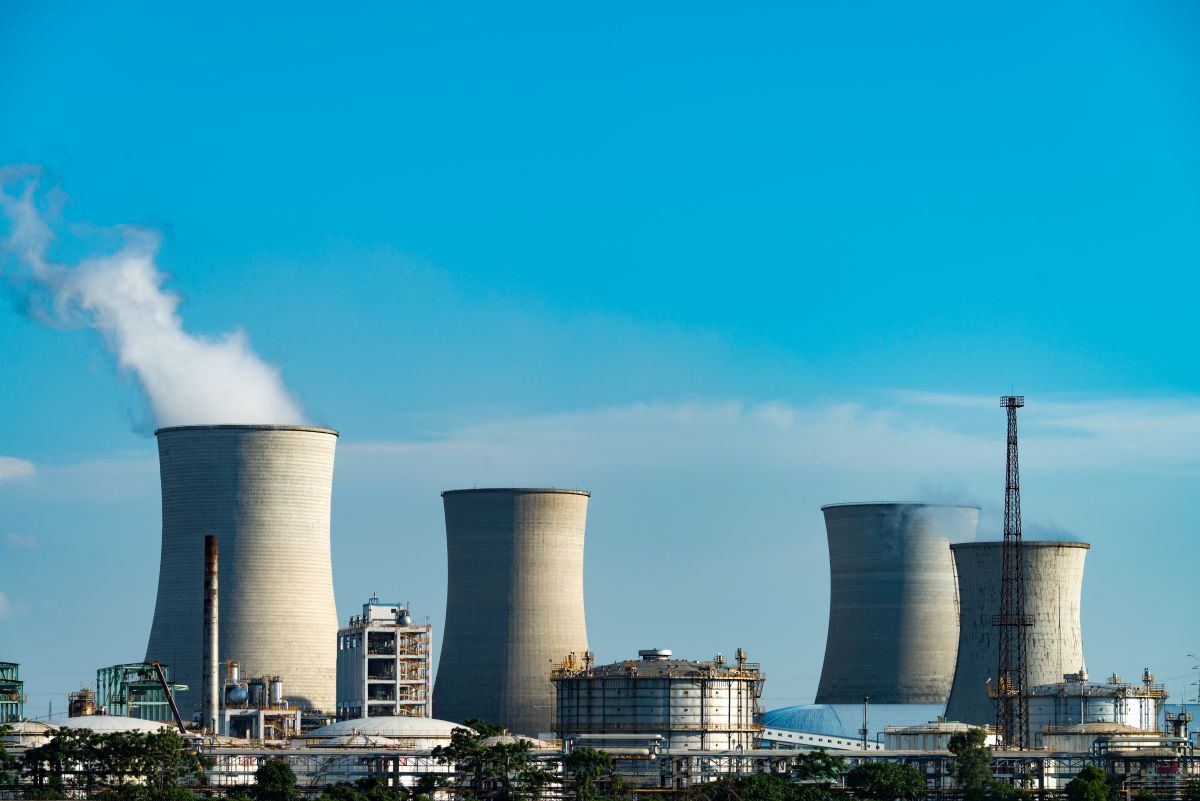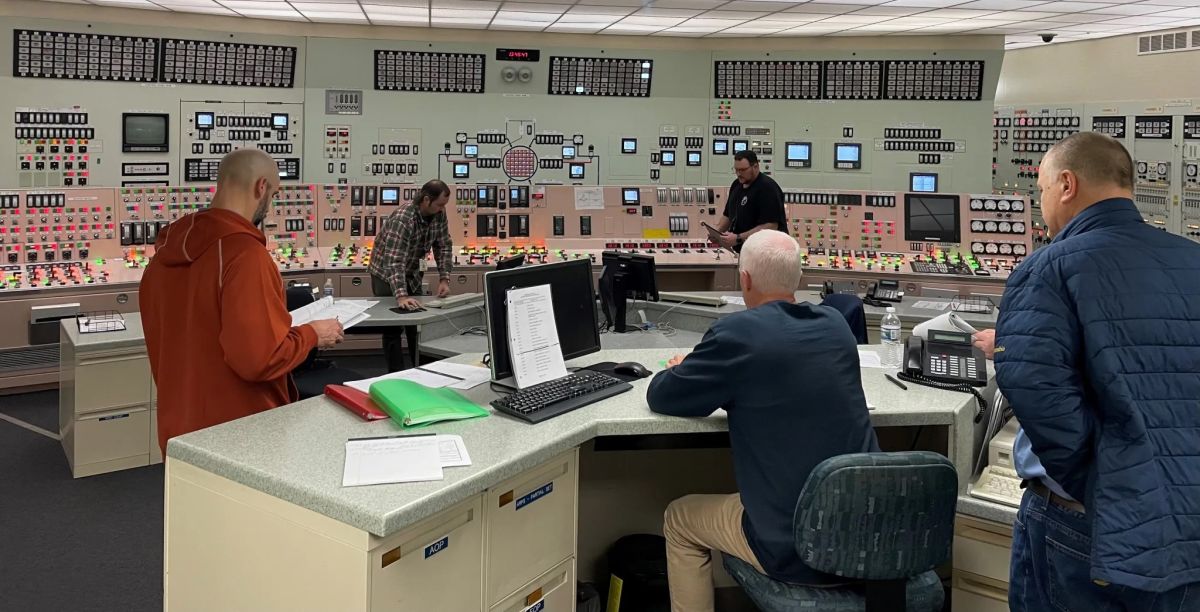For several decades, nuclear power plants worked as a cornerstone of global energy strategies, providing reliable and carbon-free electricity to millions in the U.S. However, as many nuclear reactors approach the end of their initial design lives, questions arise about whether to decommission them or extend their operational lifespan. Aging nuclear power plants, though still a vital asset in many energy grids, face mounting challenges that require careful consideration. Extending the life of aging nuclear power plants involves a complex evaluation of costs, safety considerations, technological advancements, and socio-economic benefits. This decision-making process carries immense implications for energy security, climate goals, and financial investments.
The Economic Rationale for Life Extension Projects
The economics of extending the operational life of aging nuclear reactors is one of the primary drivers behind life extension projects. Constructing new nuclear plants is a capital-intensive endeavor, often requiring billions of dollars and spanning a decade or more. In contrast, extending the life of an existing plant through life management programs, such as refurbishment and equipment upgrades, generally costs significantly less. According to the International Atomic Energy Agency (IAEA), life extension projects can cost 25–50% of the expenses of building a new plant, making them a cost-effective solution for maintaining energy supply.
Operational costs are another favorable factor. Aging nuclear plants often operate at lower marginal costs than alternative energy sources, especially fossil fuels. With upgrades in key systems, such as steam generators, turbines, and safety measures, older plants can achieve higher efficiencies, further driving down costs. However, these financial benefits come with upfront investments in safety assessments, regulatory compliance, and infrastructure modernization to meet evolving industry standards.
Safety Upgrades and Regulatory Challenges
Safety is paramount in any discussion about extending the lifespan of nuclear power plants. Aging infrastructure poses increased risks, necessitating comprehensive safety evaluations and enhancements. Life extension projects typically involve extensive inspections, including assessments of reactor pressure vessels, containment systems, and cooling mechanisms to identify potential vulnerabilities. Advanced nondestructive testing methods are often employed to detect micro-cracks, corrosion, and material degradation that might compromise safety during extended operations.
Meeting regulatory requirements from the Nuclear Regulatory Commission (NRC) presents additional challenges. Governments and nuclear safety agencies like the NRC require rigorous assessments to ensure that extended operations do not compromise public health or the environment. This involves implementing post-Fukushima safety measures, such as improved flood protection, enhanced seismic resilience, and backup power systems. These safety upgrades, while necessary, can significantly increase the costs and time required for life extension projects.

Social and Energy Security Implications
The socio-economic and energy security implications of extending the life of nuclear plants are profound. These plants provide thousands of high-paying jobs, from engineers and technicians to plant operators and support staff. Life extension projects, which require extensive maintenance and upgrades, often create additional employment opportunities in the local community.
On the energy security front, extending nuclear plant operations reduces dependence on imported fossil fuels and mitigates price volatility in energy markets. Countries with aging nuclear fleets, such as the United States, France, and Canada, view life extension as a strategic move to maintain energy independence and secure supply chains.
Conclusion
The decision to extend the life of aging nuclear power plants is a multifaceted challenge involving economic, technical, environmental, and social considerations. While life extension offers significant benefits, including cost savings, enhanced energy security, and climate mitigation, it also demands substantial investments in safety upgrades, regulatory compliance, and public trust. By balancing these factors and leveraging advancements in nuclear technology, nations can ensure the safe and sustainable operation of nuclear power plants, paving the way for a cleaner and more secure energy future.
Disclaimer: Any opinions expressed in this blog do not necessarily reflect the opinions of Certrec. This content is meant for informational purposes only.












